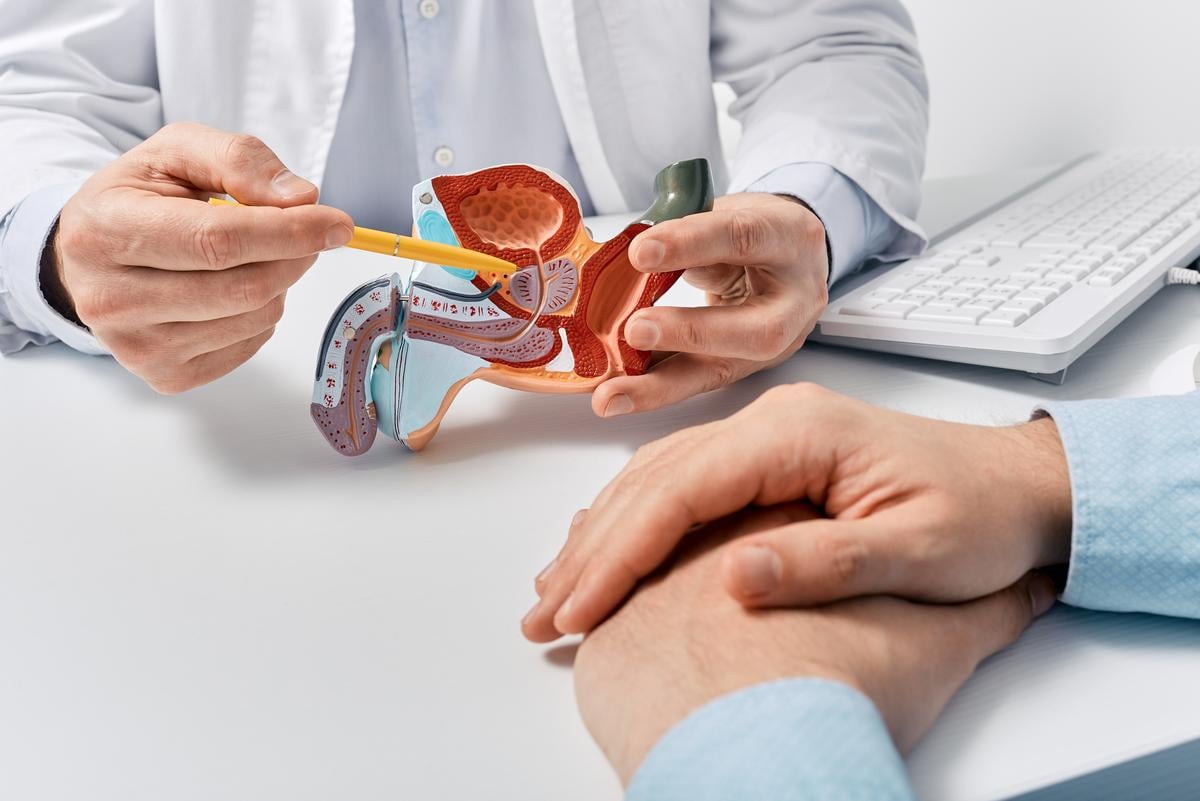Lower cumulative incidence reported for two-year physician-scored toxicity and late-grade ≥2 toxicity with MRI guidance
By Elana Gotkine HealthDay Reporter
WEDNESDAY, Nov. 27, 2024 (HealthDay News) — Magnetic resonance imaging (MRI) guidance for aggressive margin reduction (AMR) for stereotactic body radiotherapy (SBRT) in prostate cancer reduces two-year toxic effects, according to a study published online Nov. 13 in European Urology.
Amar U. Kishan, M.D., from the University of California, Los Angeles, and colleagues conducted a secondary analysis of a phase 3 randomized clinical trial of MRI-guided SBRT for prostate cancer to compare the impact of AMR with MRI guidance versus computed tomography (CT) guidance.
The researchers found that the cumulative incidence of two-year physician-scored toxicity, defined as grade ≥2 genitourinary (GU) and gastrointestinal (GI) toxic effects, were lower with MRI guidance. The cumulative incidence rates of late grade ≥2 toxicity at two years were 27 versus 51 percent for MRI- versus CT-guided SBRT for GU toxicity and 1.4 versus 9.5 percent for GI toxicity. The odds of a clinically relevant deterioration in bowel function according to the Expanded Prostate Cancer Index Composite-26 score and in the Sexual Health Inventory in Men score were significantly lower with MRI-guided SBRT (odds ratios, 0.444 and 0.366, respectively). The odds of a deterioration for other quality-of-life metrics did not differ significantly.
“This study adds strong evidence that the enhanced precision and accuracy afforded by MRI-guided SBRT leads to significantly fewer urinary, bowel, and sexual side effects for men receiving prostate SBRT,” Kishan said in a statement.
Several authors disclosed ties to the pharmaceutical and medical device industries.
Copyright © 2024 HealthDay. All rights reserved.








